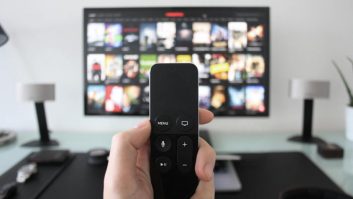
The day before Twitter announced its floatation plans to the world, its outgoing UK general manager Tony Wang used his session at IBC to outline the platform’s assault on the TV and mobile ad markets.
“Because of the social media platform’s close relationship with television, we want to create further opportunities to allow marketers to reach TV audiences in a targeted and measured way,” said Wang.
He talked of Twitter’s recent partnership with ad measurement company Kantar Media, that will see it develop a new suite of tools to support planning and analytics for the UK TV industry.
The tools, which will be available from next year, will enable broadcasters to assess programmes and series, plan programme promotions more effectively and assist media buyers and sellers to integrate social data more comprehensively into the TV component of their media mix.
“The relationship with Kantar is one of a number of different ways we are looking to understand the different levels of engagement on Twitter,” he added.
Wang also explained how Twitter’s February acquisition of Bluefin Labs was currently helping the firm explore how TV is driving engagement.
“Blue Fin finds out what people are tweeting about and to whom they are going. For example, advertisers and programme makers can seek out all the people who have tweeted about shows or ads [without using the hashtags] and then continue that narrative with certain viewers,” he said.
The Twitter exec added that the firm’s most recent acquisition of mobile advertising start up MoPub would also give Twitter a tool to track advertising inventory, offering third parties a way to manage their ads in advance and bid for their campaigns in realtime.
“The reason that this is important to us is that we are seeing two broad shifts towards mobile – 80% of Twitter traffic in the UK comes from mobile while 60% of active users globally do so via mobile.
“Ads are all about getting right content to the right people and the right time,” concluded Wang, who acknowledged that Twitter has the upper hand when it came to timings.






